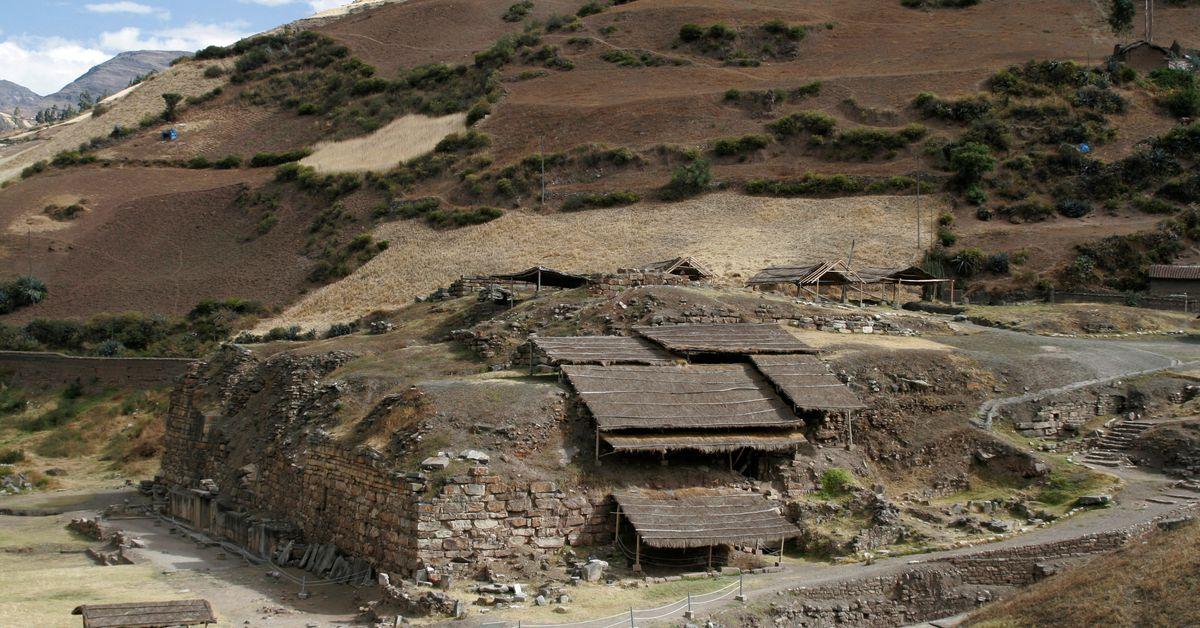At the Chavin de Huantar archaeological site in Peru, archaeologists have made a captivating finding. They have successfully revealed a sealed corridor named “the condor’s passageway” within the ancient temple complex of the Chavin culture, which dates back 3,000 years. It is believed that this corridor may provide access to other chambers within the complex. This discovery presents an exciting opportunity for further exploration and understanding of the Chavin culture.
Chavin de Huantar: A Historic Center of the Chavin Culture in Peru’s Andean Highlands”
Chavin de Huantar, situated approximately 190 miles (306 km) northeast of Lima, held significant importance as a cultural hub for the Chavin civilization from 1,500 to 550 B.C. It stands out as one of the oldest and most renowned pre-Columbian sites, predating the rise of the Inca Empire by over 2,000 years. Recognizing its cultural significance, Chavin de Huantar was designated as a UNESCO World Heritage Site in 1985, serving as a central location for social, political, and religious activities in the Andean Highlands.
The Magnificent Chavin Civilization: Art, Architecture, and Cultural Significance
- The ancient Chavin civilization, which thrived over 1,000 years ago, resided in the lofty Andean mountains of Peru, situated at an elevation of 3,000 meters above sea level.
- Renowned for their impressive architectural prowess, the Chavin people constructed temples using granite and limestone, incorporating intricate drainage systems to prevent flooding.
- Additionally, they exhibited their artistic talents by crafting sculptures from meticulously hammered sheets of gold. With a culturally vibrant society, the Chavin civilization boasted a complex religious hierarchy and an extensive trade network.
- The Chavin’s exceptional artistic abilities are evident in their remarkable stone structures, terraces, and plazas, adorned with captivating anthropomorphic and zoomorphic bas-relief carvings, often featuring birds and animals.
Key takeaways for competitive examinations
- Chavin de Huantar was declared as the UNESCO world heritage site in: 1985
Find More Miscellaneous News Here



 Indian Olympic Medal Winners List Till N...
Indian Olympic Medal Winners List Till N...
 Who is the Inventor of the Gramophone?
Who is the Inventor of the Gramophone?
 HS Dhaliwal Appointed New DGP Of Andaman...
HS Dhaliwal Appointed New DGP Of Andaman...
